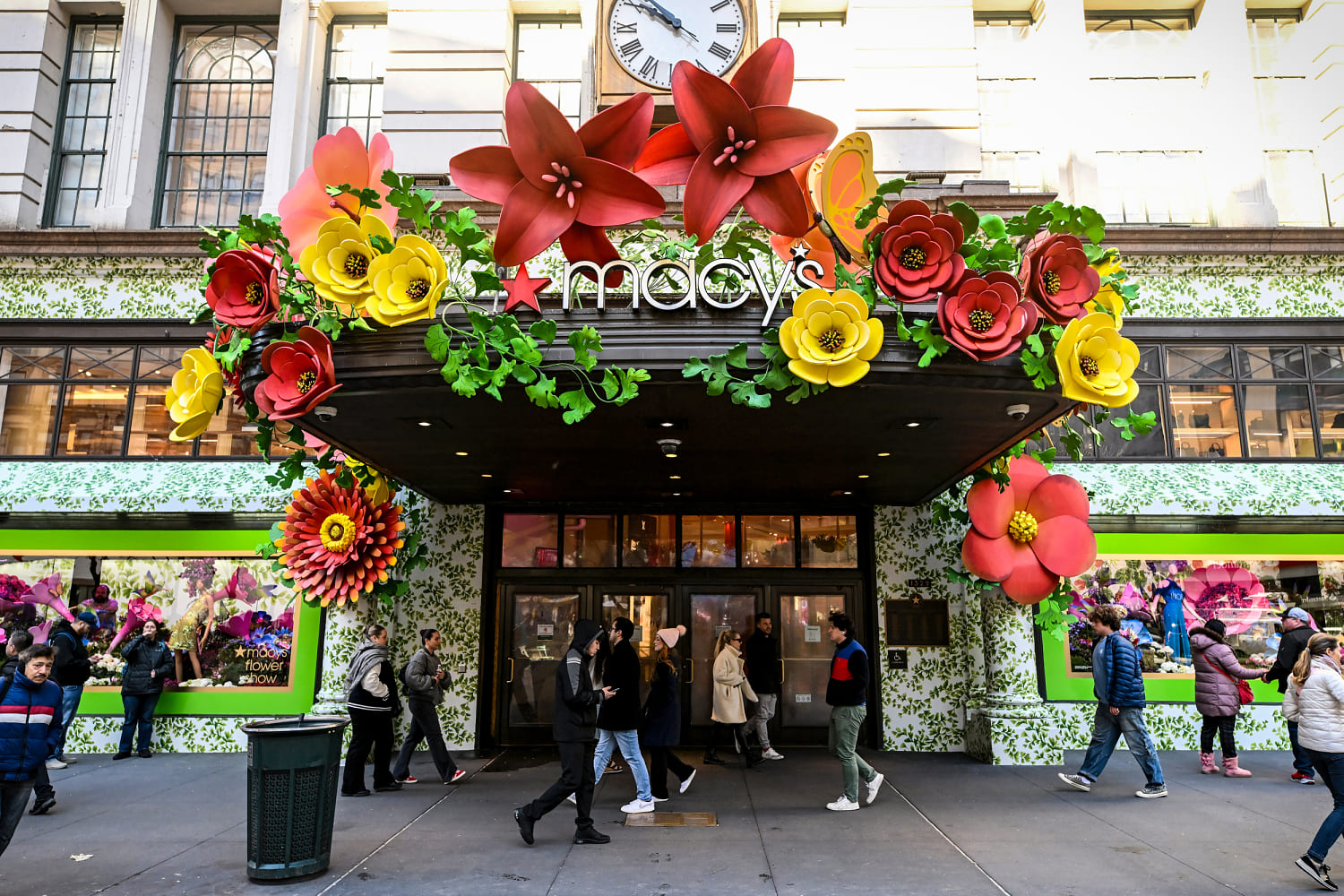Department stores are aging — and so are their customers. For over a century, the stores won over multiple generations with a promise to sell shoppers a wide variety of everything. For many Millennial and Gen Z consumers, that hasn’t been enough — especially as they discover items on social media, and specialty retailers, big-box stores and online players steal away sales.
Department stores like Macy’s , Kohl’s and Nordstrom face an existential crisis, as they try to persuade investors to bet on their futures while sales slow and their core customers age. Harsh scrutiny from Wall Street has contributed to a fresh attempt by Nordstrom to take the company private , and a bid by activist investors to take over Macy’s and turn it into a private company. Kohl’s, too, has been the target of activist investors in the past few years.

Oliver Chen, a retail analyst at TD Cowen, said attracting younger customers has become more urgent, since the retailers have “lost so much ground already.” “When you’re a department store, you need to — and you should — be catering to younger and older,” he said. Customer data illustrates the challenge for the retailers.
At Kohl’s, 40% of customers are Baby Boomers, according to Numerator, a market research firm that tracks retail trends and sales patterns with a panel of 150,000 U.S. consumers that’s balanced to represent the population.
At Macy’s, more than a third of customers — 36% — are Boomers. (Macy’s data .
















